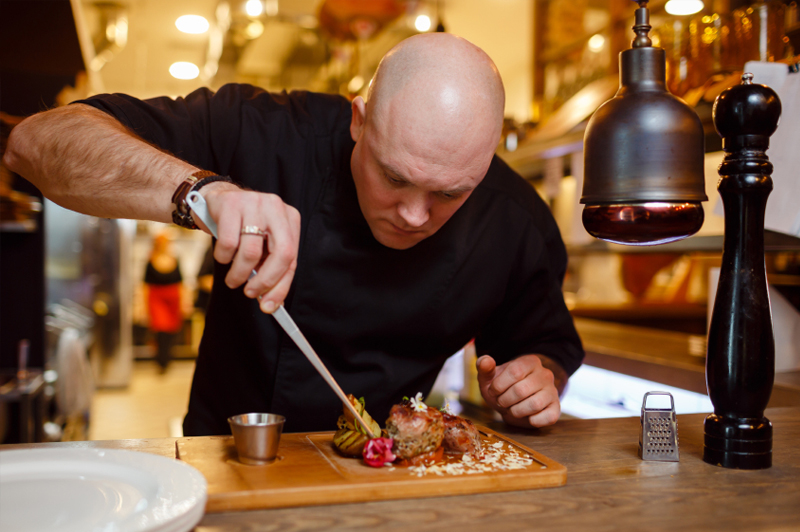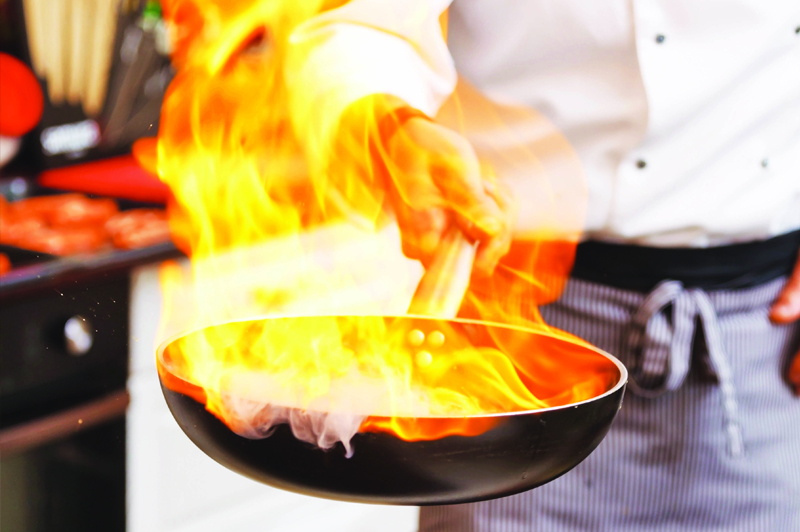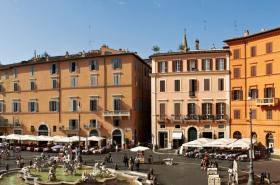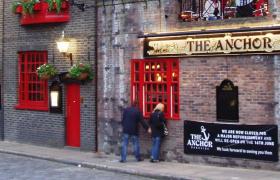It’s a rating system that turns restaurants into house-hold names and chefs into rock-stars. But there’s more to gaining a Michelin Star than just an expensive price tag and avant-garde ingredients.
Much like a Heston Blumenthal meal from the three-starred Fat Duck, it’s a tricky formula that requires time, attention to detail and innovation. But get the balance right and you’re onto a recipe for success.
Originating in France in 1900, the first Michelin guide was published as a small book designed to promote the joys of road travel and in turn, Michelin Tyres.
So popular was the original guide that Michelin continued with the idea, growing the red book into a restaurant guide which rated the culinary experience accordingly.
Did you know British Chef Marco Pierre White was the youngest chef at the time to be awarded three Michelin stars at the age of 23? When he retired in 1999 he handed back his stars, claiming he gave them too much credit.
With such a vast history to draw upon, Michelin is now the most esteemed restaurant guide series in the world. At last count the company has over 25 annual guides highlighting more than 45,000 establishments from all over the world.
But such a large number should not be confused with a directory. Entry into the guide is subject to strict criteria with anonymous professional inspectors carefully selecting restaurants based on repeated test meals throughout the year.
As a result, only the very best restaurants make the cut and are awarded a star.
The highest Michelin star rating is three, which so far has only been awarded to 108 restaurants, the most of which are found in Japan, followed by France and Germany.















